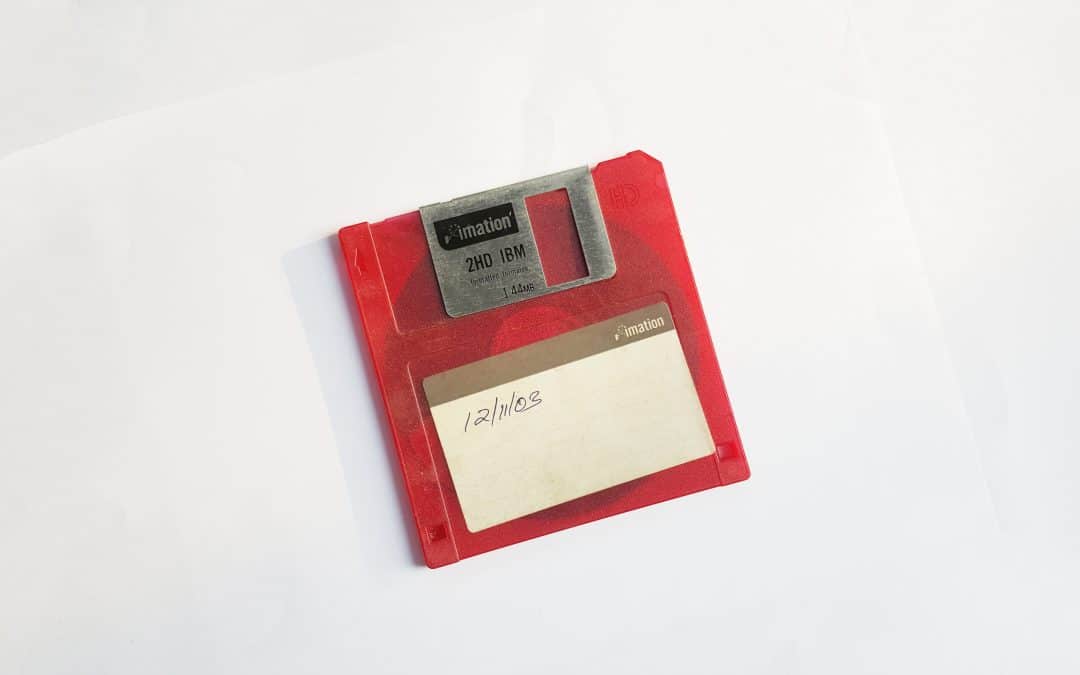How often are you not convinced your CRM data is painting an accurate picture of what’s really happening in the sales team?
Having clean and up to date sales CRM data is key to good sales forecasting. Inaccurate data, means you end up with an inaccurate sales forecast – which isn’t ideal for anyone!
Here are some common indicators that your CRM data (and therefore your sales forecast) is probably out of date and how you can fix that:
1. Open deals scheduled to close at the end of the current month.
Everyone sets the close date as the end of a month when they don’t really know when a deal will close. That’s fine for deals predicted to close several weeks out, but if this is occurring with deals in your current month, these deals almost certainly need pushing pack into later months.
2. No activity against a deal for several weeks.
Most truly active opportunities, should have activities occur against them at least every couple of weeks. Activities might include updated notes, emails or the updating of other deal information..
3. Sales reps haven’t logged into the CRM for a few weeks.
Most CRMs will tell you when users last logged in. If your sales reps aren’t logging in frequently to update their deals, then they’re likely to be out of date.
4. Many deals missing close dates.
Its not unusual to have a few deals without close dates, but if it happens with your sales reps a lot, it probably means the rest of their data is out of date.
5. Legal and procurement conversations have yet to start for deals closing in the next couple of months (enterprise businesses).
If you sell enterprise services, expect the time to close to be at least 2-3 months after draft agreements are shared. Whilst it’s possible for deals to be closed much faster, they rarely do.
6. The short-term revenue run-rate looks too high (service businesses).
The run-rate is the average monthly revenue of a business. Most service businesses tend to have a relatively predictable short-term run-rate as its generally tied to the resources and staff employed by the business.
Whilst it is for revenue to drop suddenly in the short term due a loss of business, its generally much harder for it to scale very quickly over the same period, due to business also needing to scale staff in parallel.
Spotting these common indicators and acting on them can really help in producing a sales forecast that is actually the truth! It helps to spend time each week making sure everything is clean and updated in the CRM – it only takes a few minutes but has a big impact on your forecast.
